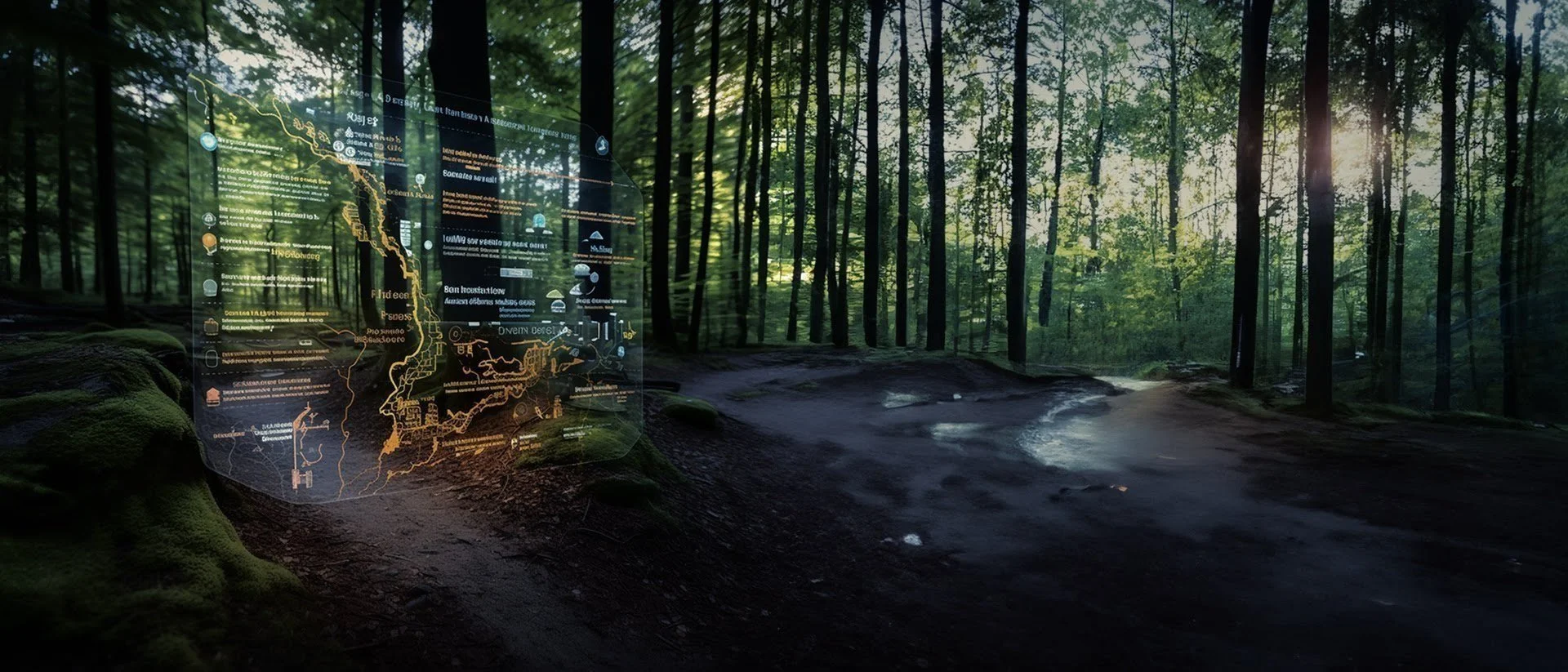
RealityLens was conceived in June of 2021, while exploring a lava tube outside of Bend, Oregon. While attempting to locate the lava tube, we recognized the clear lack of evolution in 2D mapping tools and how that strongly contrasted with rapid advancements in the Mobile & AR Technology space.
Given our areas of expertise, RealityLens was born with the idea to develop an altruistic and truly useful Spatial Computing AR application that leverages current and future smart wearable devices for our friends in emergency services and public safety. Initial market research revealed a technology gap in this exact sector.
Research also revealed an identical need oriented at the consumer market, which synergizes powerfully with present trends in Wearables, SpC/AR, and Outdoor Recreation.
Finding Our Path
“Taking advantage of the latest in mobile and wearable device capabilities and the power and precision of today’s AR-GeoLocation applications”
“RealityLens brings Mapping and Navigation into the future. We help users navigate the outdoors with Augmented Reality that runs right on your phone. Outdoor Recreation & Team-based Public Safety are our main areas of interest.”
“Real-time Situational Awareness, right on your mobile device. Connect transparently to current and future-gen wearables. Live networking with your teammates”

Development Focus
I. Leverage the power of Niantic’s Lightship ARDK and the Unity Game Engine, leaders in the space when it comes to Mobile Augmented Reality Development. Commercialize a Through-the-Lens Mixed Reality Nav App.
II. Our App should run on all mobile devices, independent of the user’s device type, and be simple and transparent to use.
III. Create a Man-Machine Visual Interface; fast and transparent enough to work as a powerful tool during real time, ground-based encounters and exploration. This toolkit must work across a variety of user types, from guy on a mountain bike to serious industrial applications and professionally networked teams with real-time connectivity.
IV. Have a zero additional hardware requirement: a portable “Everyman’s AR,” without the -need- for an expensive and bulky headset. Yet able to support the same for high-end teams who desire a high-end, hands-free option.